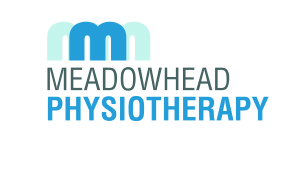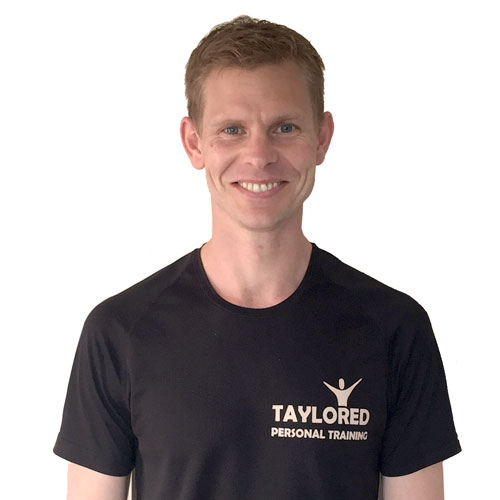Running largely involves forwards and backwards movement of the arms and legs with the aim of creating forward motion. This forward movement requires a mechanical rotational ‘locking’ of the hip, knee and ankle joints to support your weight and then ‘unlocking’ to allow the leg to swing through. So as a basis to efficient, injury free running we need movement to be available in all of the joints in the arms and legs.

Counter-rotation movement should also be happening throughout. As you step onto your right foot the right side of the pelvis moves forward, the left side of the chest also rotates forward as your left arm swings forward. So the pelvis and shoulders are moving in opposite directions. This movement creates rotation in the spine allowing us to use the forward propulsion created when the foot lands on the ground. This counter-rotation movement also enables the load on the spine to be spread as the foot strikes the floor and reduces the stress placed on the hip, knee and ankle joints.
A lack of counter-rotation will affect speed and efficiency. It can also lead to pain, stiff joints or repetitive injuries if there is a loss of symmetry in your running technique. Hamstring tightness and shoulder stiffness can be due to a loss of pelvic or shoulder counter-rotation. Achilles tendons can be placed under too much load if we lose spinal rotation and cannot use the impulse created as the foot strikes the ground. This loss of counter-rotation can also lead to movement being created in another movement ‘plane’. Running as we now know is a combination of forward, backward and rotational movement, loss of either of these movements can cause us to create movement in the ‘coronal’ (side to side) plane, this can lead to back pain as load on the spine cannot be spread efficiently.
The ‘physio’ bit!
When I am assessing a running ‘injury’ I start with video analysis of your running technique, I often use slow motion to look at every part of the running posture. I will then perform a series of movement and/or physical testing to identify whether it is a biomechanical (structural) issue or it is purely your technique that we need to address. Rehab exercises are often given to improve your movement ‘habit’ rather than to strengthen ‘weak’ muscles. The good news about this is once you have retrained your movement ‘habit’ it is permanent – no need to continue the exercise forever!
Jenny Manners Principle Physiotherapist @ Meadowhead Physiotherapy


